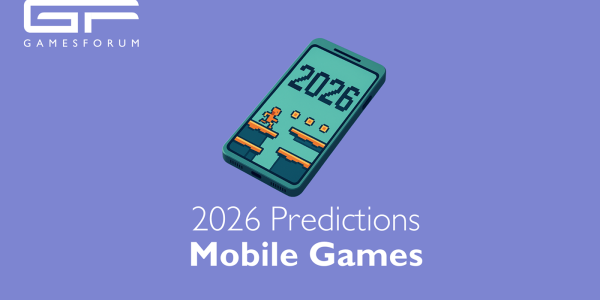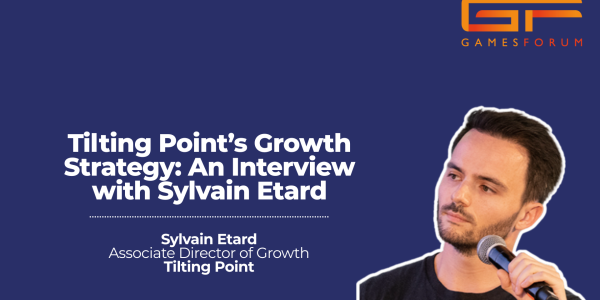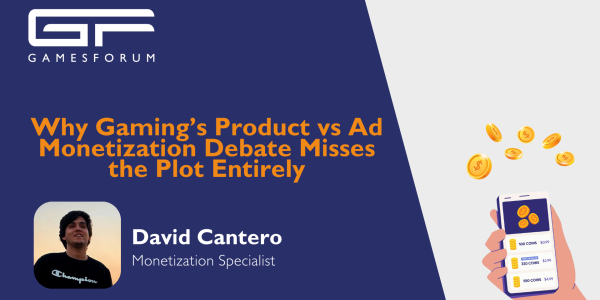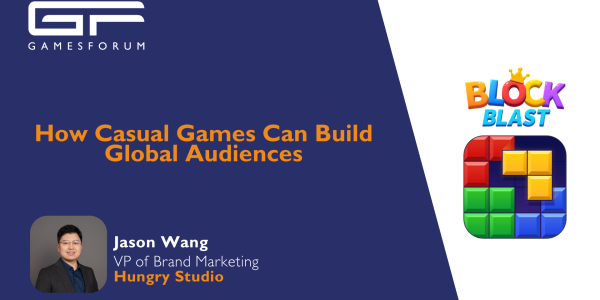Personalized Live Ops: The Long Game
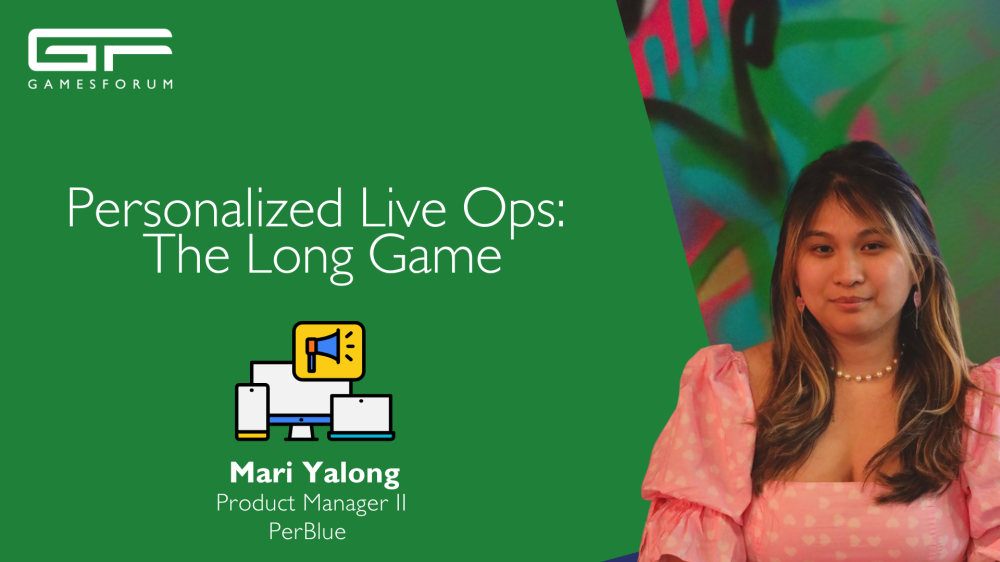
When I first started working in liveops, I thought of it as building a stage show: you plan the events, set the cadence, shine the spotlight, and invite the players in. Having worked in the hospitality industry for large scale and quick turn-around events, you had to get used to the same formula. Everyone gets the same program, with maybe a change in flavor here and there. At first, limited options reused over and over worked. Players got into a habit as we’d drop a new event, put up some flashy banners, push out some discount bundles, and call it a success if enough players showed up and metrics looked good enough.
But the longer I’ve been in this space, the more I’ve realized how limiting that broadcast model really is. Players aren’t a monolith. Some come in wanting to spend right away because they see value in accelerating their progress. Others grind every ounce of free content before even considering a purchase. Some log in daily, others show up for a weekend binge. And yet, we’ve historically asked all of them to move through the same liveops funnel, as if their journeys all look identical.
That’s not the future!
The more I look at where liveops monetization is heading, the clearer it feels: the next evolution is tailoring players' journeys. Not just slapping on a generic “exclusive!” labels on offers, but actually designing liveops systems that flex and respond to how different players interact with the game.
“Tailored Journeys”
When I talk about tailoring, I’m not just thinking about early game versus late game content. I’m talking about building adaptive tracks that take a player’s actual behavior into account. One of my favorite sections to study during my time pursuing my economics degree was “behavioral economics.” Players don’t make decisions purely rationally; their behavior is influenced by framing, loss aversion, perceived fairness, and sunk costs. Tailored journeys let us design liveops that work with these behavioral patterns rather than against them.
- Framing: making sure you’re properly framing offers is important as you design them. Consider having main goals when you provide a variety of offerings: Do they want to progress faster? Is this a no-brainer purchase? Will this purchase keep them engaged? Sometimes an offer’s goal isn’t just revenue or conversion. Offers can be events themselves that also contribute to long-term retention.
- Loss Aversion: otherwise known as “FOMO,” this is incredibly important in liveops. A reward that feels uniquely tailored to you is much harder to skip, because missing it feels like losing something personal or just feels bad because you might never see it again.
- Perceived Fairness: Players are quick to notice when monetization feels exploitative. Rewards and offers should align with what’s truly important to players, meet the value they expect, and framed in a way that players don’t just earn their rankings through purchase, but through their own skills and loyalty to the game.
- Sunk Costs: Once players invest in a tailored progression path, they’re more likely to keep going. Their prior choices do help anchor future engagement, and making sure we’re continuing to support them with perfectly timed offers and events, will continue to drive their trust and investment in our games.
In summary, the heart of tailored journeys is moving from static pipelines to adaptive tracks, so players feel like the game “gets” them, creating a strong behavioral bond that drives long-term engagement.
The Current Market
What really cements this for me is that the market data is already pointing in this direction. In Sensor Tower’s State of Mobile Gaming 2024 report, even though gross revenue grew from 2023 to 2024, downloads decreased by over three billion! On top of that, mobile gamers are also spending more time playing their games than ever.
Liveops reigns supreme in this market, especially considering that only 13.3% of the top 1,000 games by download were new launches. Compare this to 2020, when nearly 30% of top games were fresh releases, which shows that fewer newer games are breaking through. The winners of this market are long-lasting titles with strong liveops strategies.
These strategies become stronger as you incorporate flexible and adaptable liveops, otherwise known as tailored journeys. Personalized live ops creates game environments that feel relevant, rewarding, and fair. It’s not enough to pump out a seasonal event and hope it resonates. Players are savvier now, and they know when an offer is just a cash grab. They also know when a game genuinely invests in them, and in a market where downloads are shrinking but spending is rising, building trust and longevity is more valuable than squeezing short-term spikes.
As we head into GamesForum SF, I look forward to having conversations about reimagining liveops, what kind of tooling we need to succeed, and how behavioral economics can help us tie the knot between data and player journeys.
Hear Mari speak on her Personalized LiveOps keynote at Gamesforum SF - tickets available here.


